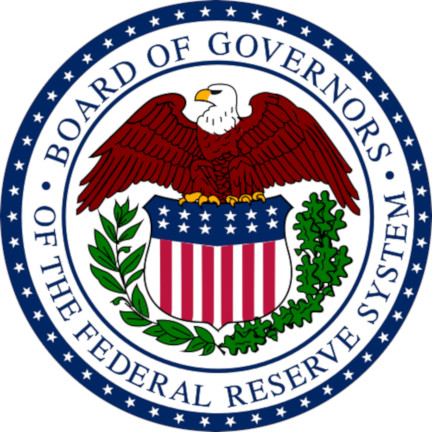Operation Twist
1961 AD began
Operation Twist (named for the twist dance craze of the time) intended to flatten the yield curve in order to promote capital inflows and strengthen the dollar.
The Fed utilized open market operations to shorten the maturity of public debt in the open market. It performs the 'twist' by selling some of the short term debt (with three years or less to maturity) it purchased as part of the quantitative easing policy back into the market and using the money received from this to buy longer term government debt.
Although this action was marginally successful in reducing the spread between long-term maturities and short-term maturities, Vincent Reinhart and others have suggested it did not continue for a sufficient period of time to be effective.
Despite being considered a failure since a 1966 near-term analysis by Franco Modigliani and Richard Sutch,[2][3] the action has subsequently been reexamined and in a 2011 paper economist Eric Swanson of the Federal Reserve Bank of San Francisco has suggested that "Operation Twist" was more effective than originally thought. Swanson suggested similar action as an alternative to quantitative easing by central banks; the FOMC did in fact take an analogous action in 2011.
Lattitude: 38.9072° N
Longitude: 77.0369° W
Region: North America

Modern Day United States
Subjects Who or What began?
-
Federal Reserve (Federal Reserve System, the Fed) The central banking syst...
Events in 1961 MORE










